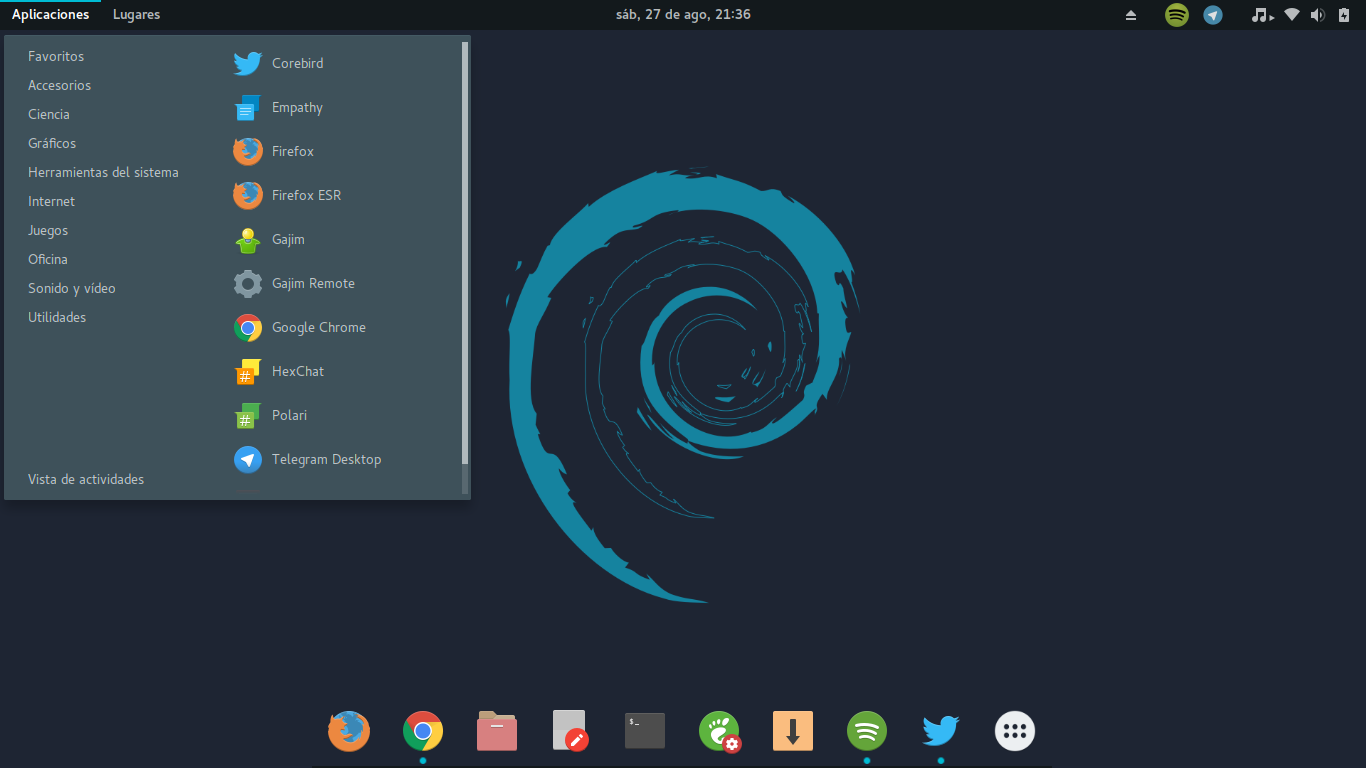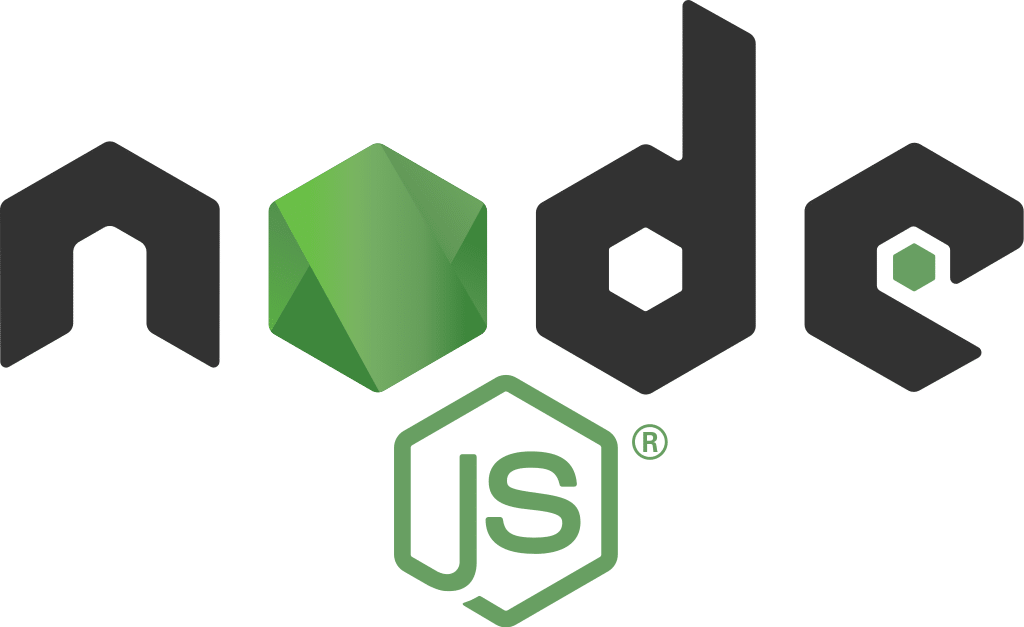

The web server has been started on port 3000. Now start the node service using the following command. Using a personal package archive(PPA) that is supported by NodeSource, you can choose to install between Node.js v8.x (. Create a file http_server.js vim http_server.jsĪnd add the following content var http = require('http') Let’s create a web server with “Hello World!” text. If you want to test your node.js install. In this tutorial, we will learn how to install and configure Node. Step 4 – Create Demo Web Server (Optional) How to Install Node.js on Debian 10 and configure Nginx as a Frontend Proxy Server Node. You can find more details about current version on node.js official website. These are the suite code names for releases of Debian and indicate which.

Don’t Miss => Yarn Installation ( A Node Modules Manager)Īfter completing the installation, check and verify the installed version of Node.js and NPM. On Ubuntu 16.04 or below and Debian Stable, you will also need to configure the NodeSource repository to get a new enough version of Node.js. Node.js is a JavaScript-based platform for server-side and networking.This command will also install many other dependent packages on your system. You can choose either to install the latest Node.js version or LTS version.įor Latest Release sudo apt-get install curl software-properties-common curl -sL | sudo bash -įor LTS Release sudo apt-get install curl software-properties-common curl -sL | sudo bash - Step 2 – Install Node.js on DebianĪfter adding the required PPA to your system, install the Nodejs package. We also need to install the software-properties-common package if not installed already. You are required to add Node.js PPA to your system provided by the Nodejs official website. To install specific nodejs version, Visit our tutorial Install Specific Nodejs Version with NVM.



 0 kommentar(er)
0 kommentar(er)
